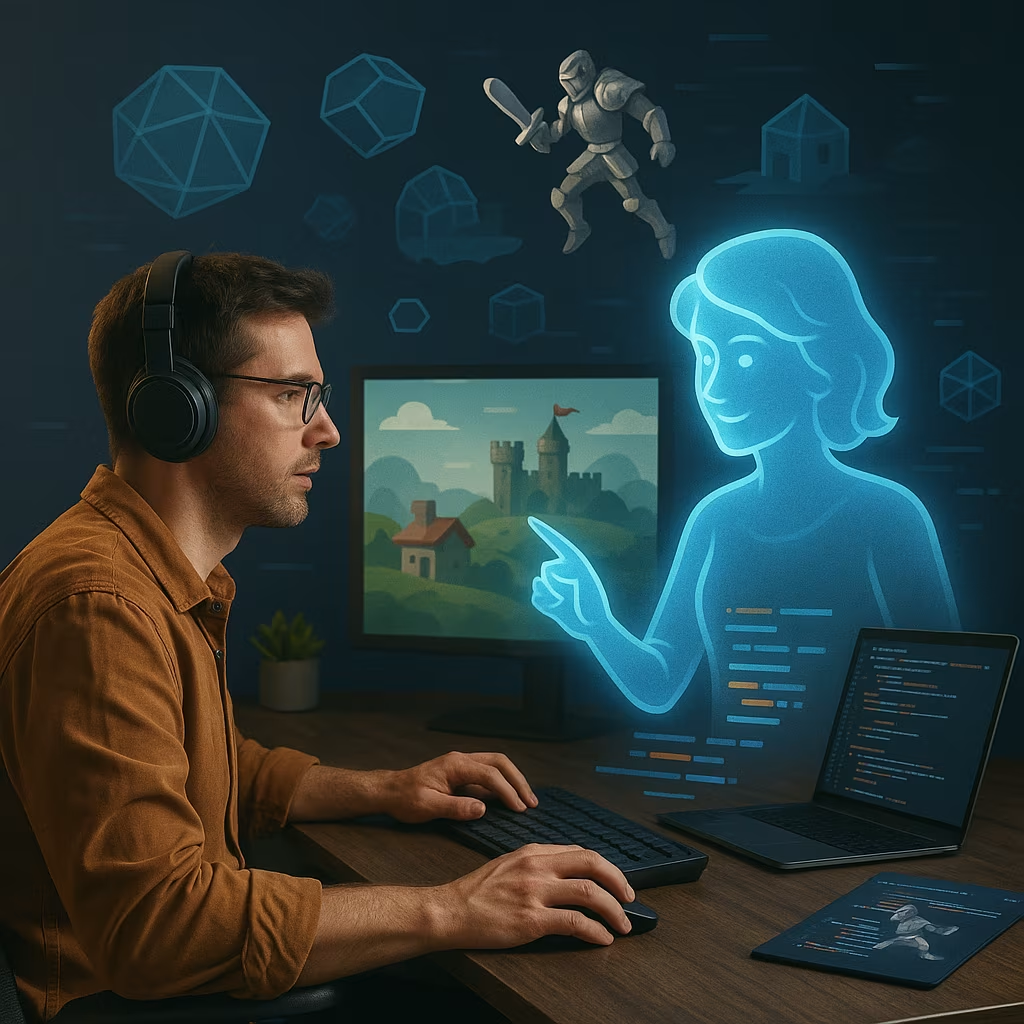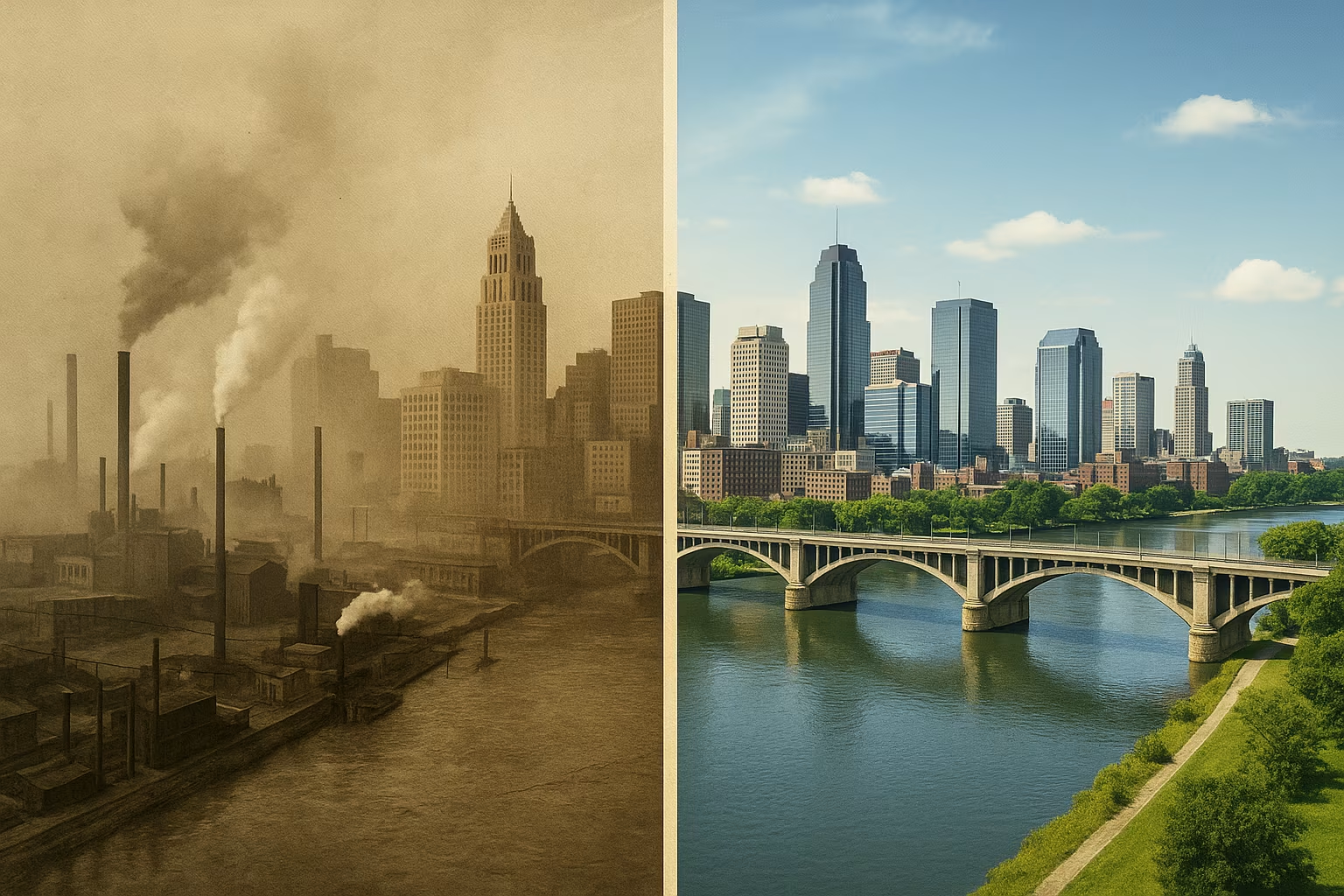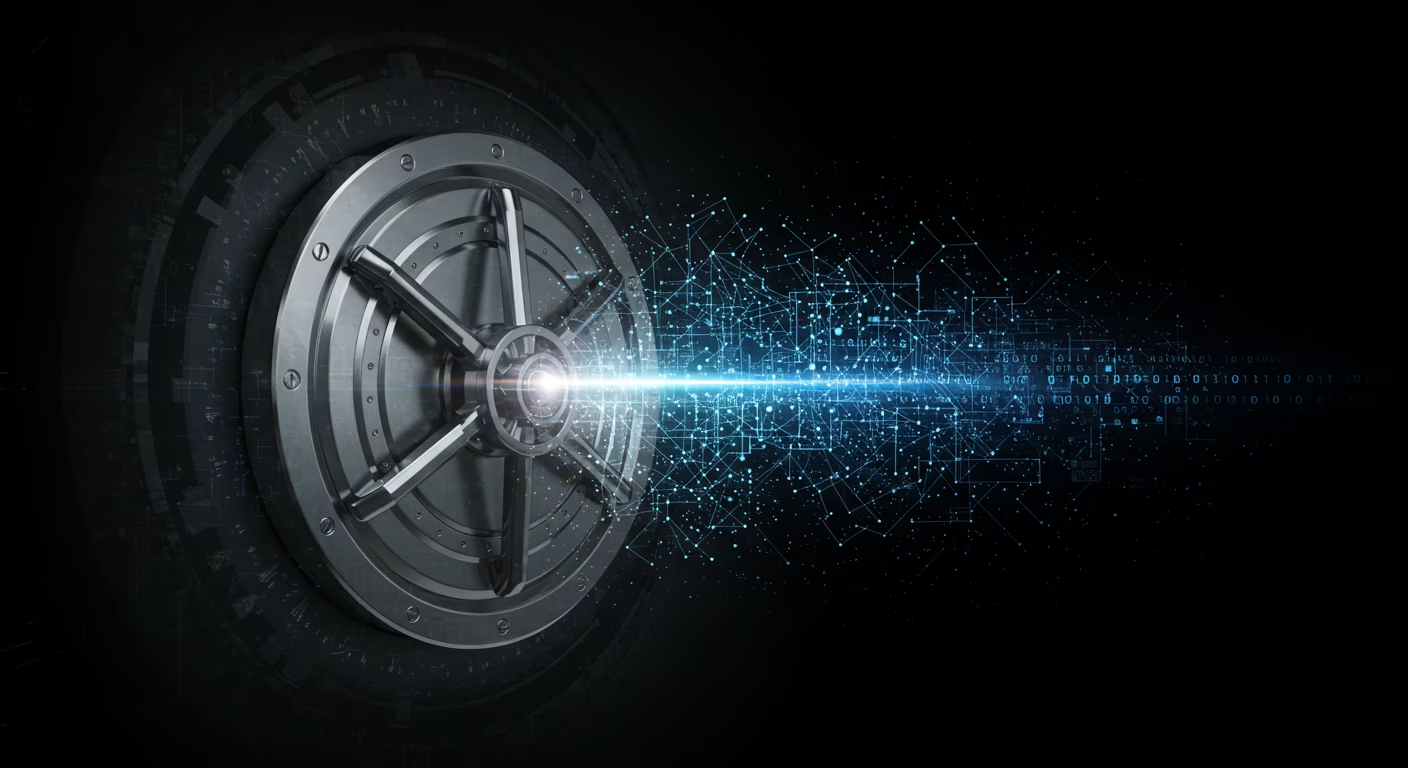Artificial intelligence is transforming nearly every industry, and the video game sector is no exception. From procedural world generation to smarter NPC behavior, AI tools are increasingly becoming part of the creative process. But beyond changing how games are made, AI could also change how game developers are paid — for the better.
That’s the vision expressed by Strauss Zelnick, CEO of Take-Two Interactive, the company behind blockbuster franchises like Grand Theft Auto, NBA 2K, and Red Dead Redemption. In recent remarks, Zelnick suggested that AI has the potential to make game production more efficient, more creative, and ultimately more profitable, allowing companies to pass some of those gains on to talent in the form of higher wages. It’s an optimistic counterpoint to the often grim headlines about AI replacing creative jobs. According to Zelnick, AI isn’t here to take over — it’s here to help game creators work smarter, produce better content, and get paid more for it.
The video game industry is famous for its complexity. Big-budget titles can take hundreds of developers and years of work to complete. Every detail — from character animations to lighting to AI-driven enemy behavior — must be carefully crafted. Zelnick argues that AI can act as a “force multiplier,” allowing teams to produce more content at higher quality without ballooning costs or workloads. For example, AI can generate vast landscapes, buildings, or side quests in minutes — tasks that might take artists and designers weeks. AI-driven bots can play through games endlessly, identifying bugs and edge cases before humans even touch the controller. And AI can create more realistic and reactive non-player characters, improving immersion without requiring developers to manually script every interaction. By automating repetitive or low-level tasks, AI frees human developers to focus on creative decision-making, storytelling, and game design — areas where human intuition remains essential.
For many workers, “automation” is a dirty word, synonymous with job loss. But Zelnick takes a different view: efficiency doesn’t have to mean fewer jobs — it can mean better jobs. If AI tools reduce production costs while enabling bigger, more ambitious games, studios can see higher profit margins. In theory, that success can be shared with the workforce through higher salaries, bonuses, or profit-sharing arrangements. Zelnick frames it like this: when a company can produce more with less, the value of its skilled workers increases. A developer who can lead a team building an expansive, AI-assisted open world may be worth more than one managing a smaller, more limited project — simply because the scale and profitability are greater. This perspective hinges on companies actually reinvesting gains into their talent, a point skeptics might challenge. But Zelnick’s stance suggests that the industry’s leaders are at least considering AI not just as a cost-saving measure, but as a way to empower and reward human creativity.
One of the biggest concerns among artists, writers, and programmers is that AI could eventually replace human roles. Generative AI can already create textures, music, and even working code snippets in seconds. But Zelnick insists that AI should be viewed as a tool for augmentation, not substitution. “In our world, creativity is what matters most,” he has said. “AI can help us get there faster and make our worlds richer, but it doesn’t replace the imagination of the people who make these games.” In practice, that means AI might handle the “heavy lifting” of mundane tasks, while human teams still decide how a game looks, feels, and plays. The narrative direction, emotional beats, and unique stylistic touches that make a title stand out in the crowded market are still driven by people — not algorithms.
Take-Two isn’t alone in exploring AI’s potential in game development. Ubisoft has experimented with AI writing tools to create NPC dialogue, freeing writers to focus on main storylines. Electronic Arts has invested in machine learning systems to speed up animation and motion capture work. Smaller indie studios are using generative art and code tools to create games with small teams, competing in spaces once dominated by larger developers. For big publishers, the real value lies in combining AI’s speed with human expertise, producing games that are bigger, more complex, and more lifelike than ever before — without proportionally bigger budgets.
While Zelnick’s vision is optimistic, it’s not without challenges. AI in game development raises several questions. Job displacement is possible, even if AI is meant to help. AI-generated assets still require human oversight to meet creative and technical standards. Using AI trained on existing works can raise legal and ethical concerns. And there’s no guarantee that cost savings from AI will automatically translate to higher pay for employees. Ultimately, whether AI leads to better-paying jobs depends on leadership choices, industry norms, and market forces.
Zelnick’s comments point toward a hybrid future where AI is an integral part of game production, but humans remain in creative control. If managed well, this could mean faster development cycles, games that once took six years could release in four, more diverse projects as smaller studios experiment with new genres, higher creative standards as developers focus more on innovation, and potential pay growth as profitable studios reinvest in retaining top talent. The big question is whether the industry will choose to share AI-driven productivity gains with workers or keep them as corporate profit. History offers examples of both approaches — and the outcome may vary by company.
AI is already reshaping the landscape of video game development, from asset creation to gameplay design. For Take-Two Interactive’s Strauss Zelnick, the technology’s real promise lies not in replacing human workers but in making them more valuable — and better paid. Whether that vision becomes reality depends on how game studios implement AI, manage their teams, and distribute the benefits. If done right, AI could usher in a golden age for both players and creators: richer worlds, faster production, and a more sustainable, rewarding career path for those who bring games to life. For now, one thing is certain — the conversation about AI and gaming is no longer just about what’s possible on-screen. It’s also about what’s possible for the people behind the screen.





